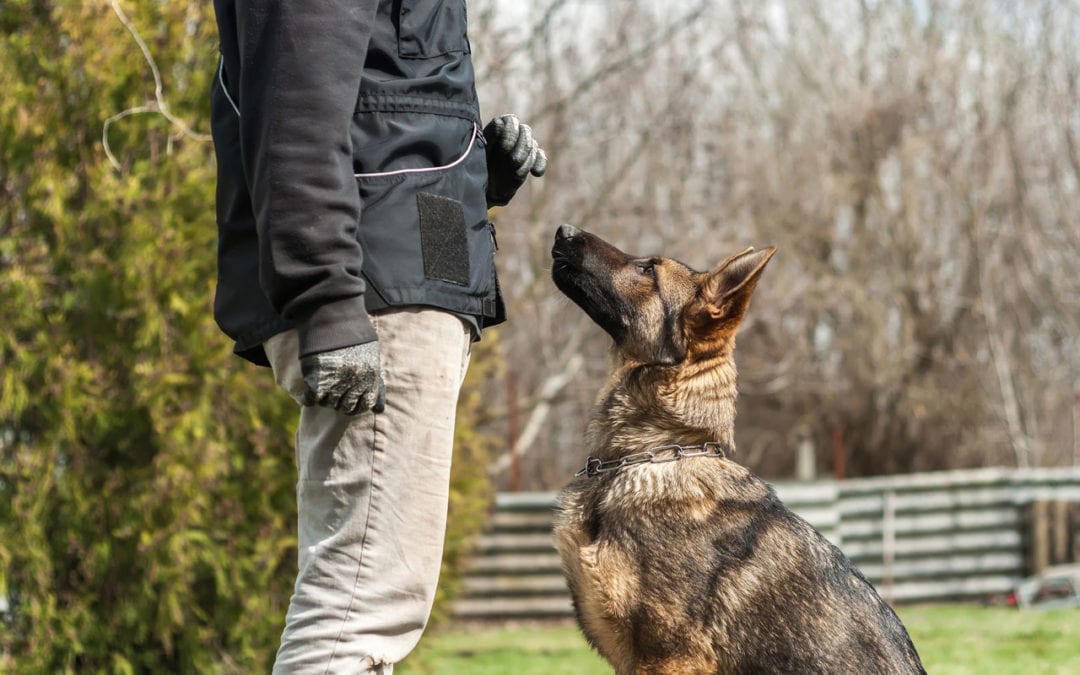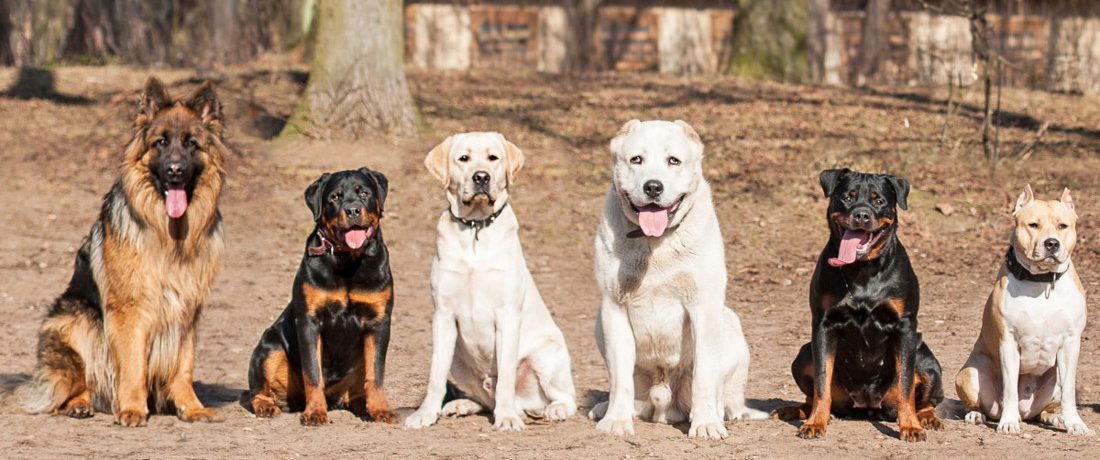Transform Your Pet dog's Behavior With Proven Training Methods
Changing your pet's habits requires a nuanced understanding of their specific attributes and requirements, as well as the application of tested training techniques. Consistency in your training approach not just enhances obedience but also cultivates a deeper bond of trust fund and respect between you and your family pet.

Understanding Dog Habits
Comprehending pet dog behavior is essential for effective training and interaction between human beings and their canine buddies. Pet dogs, as social animals, display a series of habits influenced by genetics, setting, and experiences. Identifying these habits helps proprietors customize their training approaches to meet the particular demands of their dogs.
Key elements of pet behavior include body movement, articulations, and social communications. A wagging tail usually indicates excitement, while a lowered head may indicate submission or concern. Recognizing these signals can aid proprietors interpret their dog's emotion and react properly. Furthermore, socialization plays a critical duty fit behavior; canines that communicate positively with different people and other animals are generally more well-adjusted and adaptable.
In addition, identifying anxiety signals-- such as pacing, panting, or evasion habits-- can prevent rise right into much more significant concerns. Proprietors who are in harmony with their canine's behavior can develop a risk-free and caring environment, cultivating depend on and boosting the training process. Inevitably, a deep understanding of canine habits lays the structure for a harmonious relationship and effective training end results, making sure both canines and their owners grow with each other.
Favorable Reinforcement Methods
Positive reinforcement strategies are commonly identified as one of the most reliable methods for training pet dogs, promoting a favorable knowing setting. This method entails satisfying desired behaviors with treats, appreciation, or play, thereby motivating the pet to repeat those habits (Dog training). Unlike vindictive methods, positive reinforcement constructs trust and enhances the bond in between the trainer and the canine
To apply positive reinforcement effectively, timing is vital. Incentives ought to be provided quickly following the desired habits to assist the pet dog make the link. Uniformity is also important; utilizing the very same commands and incentives helps the dog understand what is expected. Furthermore, varying the benefits can maintain the pet dog involved. Rotating between treats, toys, and spoken praise can maintain interest and motivation.
It is essential to note that favorable reinforcement is not regarding bribery; rather, it is regarding enhancing good habits. With time, as the dog discovers to connect particular activities with favorable results, the frequency of incentives can be slowly lowered, transitioning to verbal praise or intermittent incentives. This technique not only urges obedience yet also promotes a positive and happy pet, making training an extra delightful experience for both events entailed.
Addressing Typical Problems
Attending to typical problems during pet training is essential for making certain a harmonious and effective relationship in between the pet and its proprietor. Many canine proprietors run into behavior difficulties, such as too much barking, leaping, and leash drawing. Understanding the origin of these behaviors is vital for reliable training.
Extreme barking might stem from dullness, stress and anxiety, or an absence of socializing. To reduce this, offer sufficient exercise, psychological excitement, and opportunities linked here for social interaction with both human beings and various other pet dogs. Leaping can frequently be an indicator of excitement or a desire for interest. Educating the pet to sit upon greeting can reroute this habits favorably.
Leash pulling is one more common concern, regularly resulting from a canine's eagerness to check out. Utilizing appropriate leash taking care of techniques, combined with training protocols that urge loose-leash walking, can considerably improve this behavior.
Additionally, problems like resource guarding or splitting up anxiousness call for tailored approaches. Progressive desensitization and counter-conditioning can be effective in dealing with these difficulties. By identifying and proactively taking care of these common concerns, canine owners can foster a much more enjoyable training experience and strengthen the bond with their canine friends.
Consistency in Training
Uniformity is a foundation of efficient pet training, as it establishes a clear structure for the dog to understand habits and expectations. When commands, rewards, and signs are used consistently, pets can a lot more readily realize what is required of them. Irregular training can result in complication, resulting in unwanted behaviors that irritate both the canine and the instructor.
To achieve uniformity, it is essential that all members of the family comply with the exact same training methods. For example, using the same spoken cues and hand signals makes certain that the canine obtains uniform messages. Additionally, the timing of incentives and modifications must correspond; prompt support raises the possibility that the pet dog will link the behavior with the result.
Routine method sessions, coupled with structured schedules for feeding, walking, and play, aid pet dogs expect and comprehend their environment, making them a lot more receptive to training. Eventually, consistency cultivates a feeling of safety and security and count on, empowering pets to find out a lot more efficiently.
Building a Solid Bond
How can cultivating a strong bond in between a pet and its proprietor boost the training experience? When a dog feels safe in its link with its proprietor, it is extra most likely to display favorable behaviors and be reference receptive to discovering.

Furthermore, a reputable link can reduce stress Click Here and anxiety and behavior problems, as dogs are less likely to act out when they really feel comprehended and looked after. Therefore, prioritizing the development of a solid bond not only improves the training experience however additionally contributes to a better and a lot more well-adjusted pet dog. Ultimately, the trip of training changes right into a collective partnership, causing lasting behavioral renovations.
Verdict

Owners that are attuned to their pet's behavior can create a risk-free and caring environment, promoting depend on and boosting the training procedure. Eventually, a deep understanding of canine habits lays the structure for a harmonious connection and effective training outcomes, making sure both pet dogs and their proprietors grow with each other.
Addressing common issues during pet training is important for guaranteeing a unified and effective relationship in between the pet and its proprietor (Dog training).Uniformity is a keystone of efficient pet dog training, as it develops a clear structure for the dog to comprehend assumptions and habits.In final thought, changing a canine's behavior through shown training techniques needs an understanding of canine behavior, the application of positive reinforcement techniques, and a focus on consistency